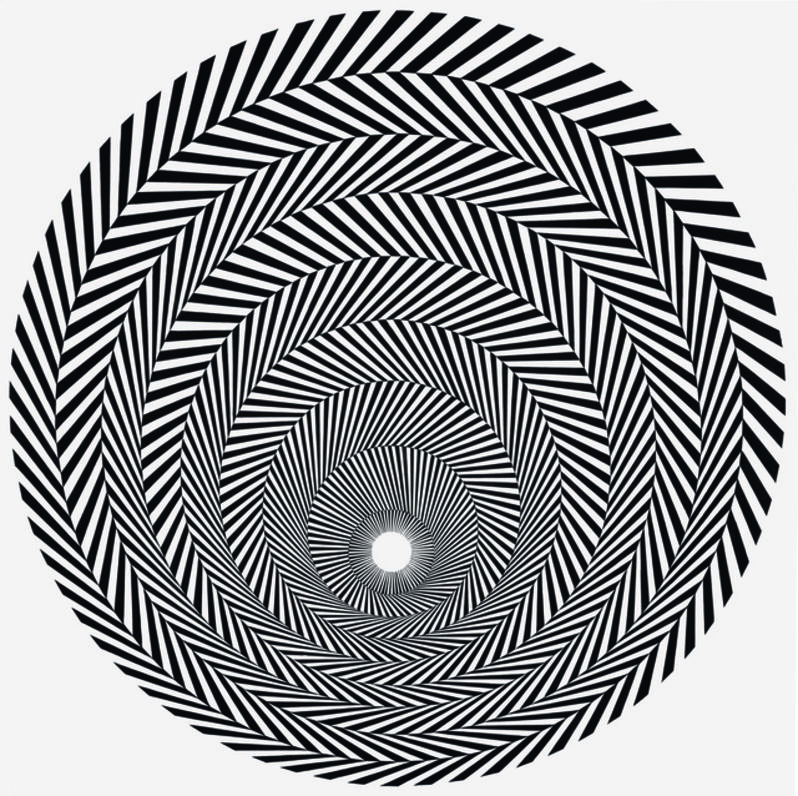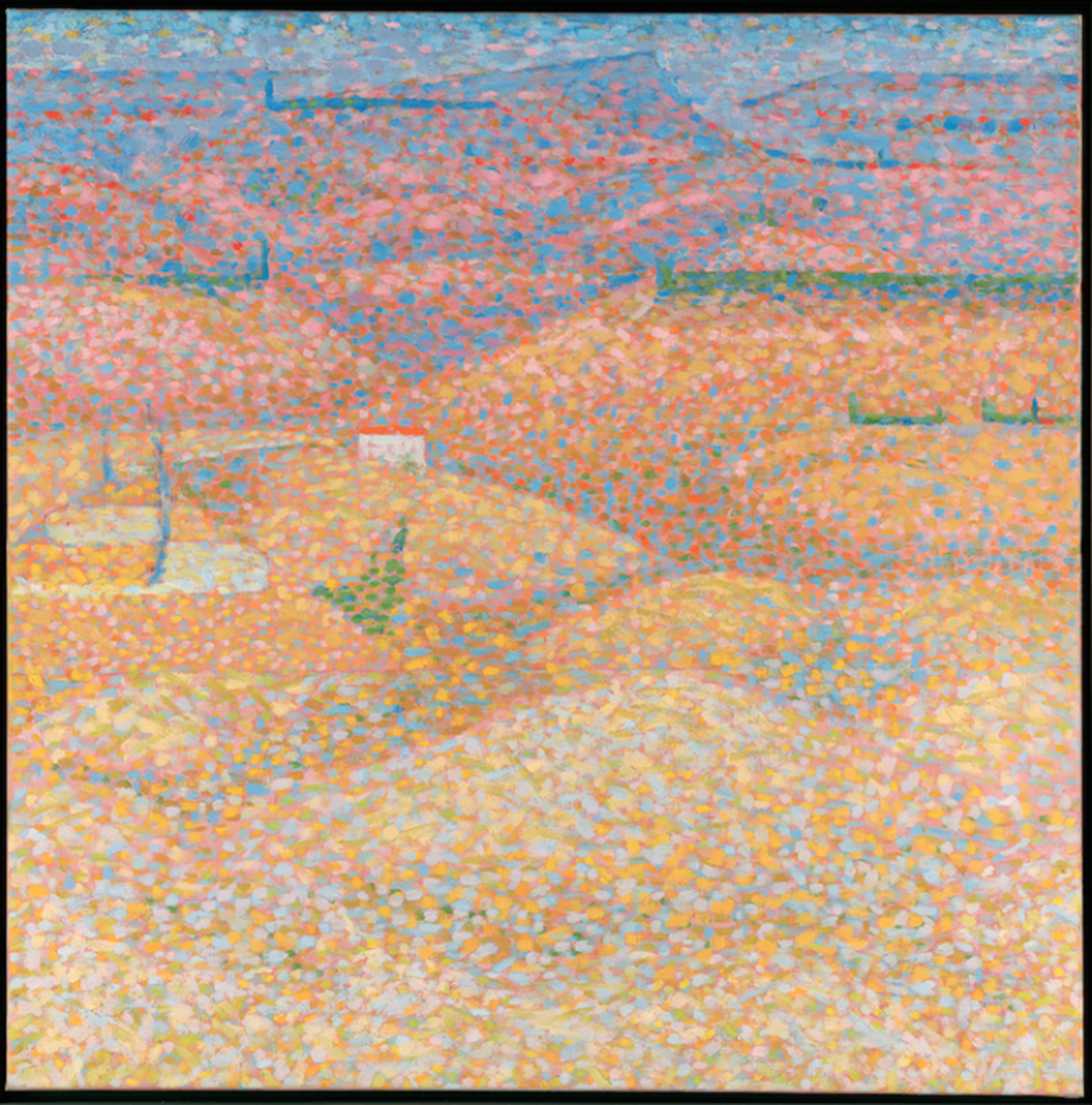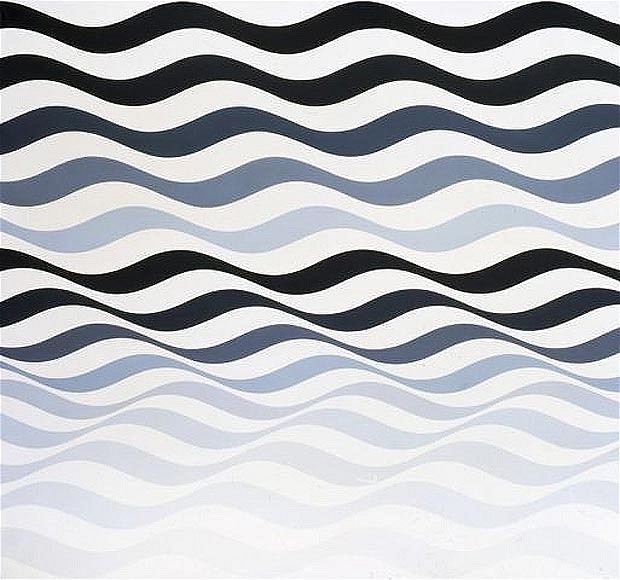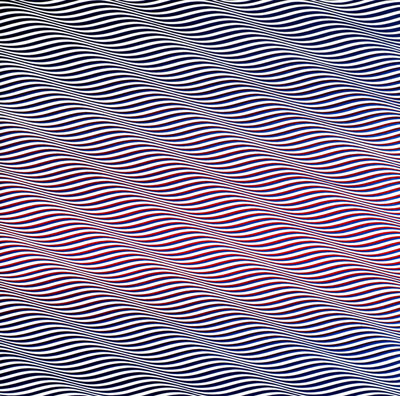Technique is something we haven’t talked about enough for Artist of the Month. Lucky for us, Peter Paul Rubens is a *fabulous* master to study when it comes to materials and application in painting! The man was able to finish a masterpiece in a matter of hours thanks to the media and techniques he used. So how did he do it?
Influence of a Master
Rubens was heavily influenced by Titian, a talented and prolific Italian painter from the 16th century (that’s really an understatement). The two artists just missed each other by a couple of decades, as Titian died in 1576, the year before Rubens was born. Still, Rubens was able to enjoy Titian’s work in travels to Italy and copied the master’s work well into his own career. In total he painted 21 Titians!

Venus of Urbino. Titian. 1538.
Although Rubens studied the master in depth, they worked in different ways. Titian started with a complete composition painted in grayscale called a grisaille as an underpainting. Then he would add color and depth with transparent glazes. Rubens wanted to create the same effect, but with an all prima technique. This literally means “at first attempt” and refers to wet in wet painting. Think Bob Ross painting happy little trees and making sure every bush had a friend – that’s alla prima.
Tools of the Trade
There are few things Rubens did to speed up his process. First, he almost always started with a finished drawing. This meant he didn’t have to worry about the composition while he painted – he was able to focus completely on his technique.
The next key to his craft was the medium he used in his paint. Described as a “thick jelly”, it consisted of 10 parts each linseed oil, turpentine, and mastic tears, and one part litharge (or powdered white lead pigment or white lead paste). Talking about the properties of these materials is for another post (let me know if you want to jump down the rabbit hole!), but this medium gave Rubens the ability to apply both transparent and translucent layers while retaining the texture of the brushstroke. It gave him the flexibility to scumble in colors or blend them seamlessly.
The medium was also a bit of a double-edged sword. It would start to dry after a few hours, making it unworkable. So Rubens was able to work a piece quickly, but it was partly because he had to.
Can the Technique Be Digitized?
For our project this month I decided to follow the same steps Rubens did to make a painting. Since Rubens’ first step was to start with a finished drawing, I grabbed a sketch I did from some unknown length of time ago and created a color palette based on colors he actually used (more on that next post).

These are some of the colors Rubens used.
The Base
He would start on a light umber background, so I took the umber and lightened up about halfway for my base. Next he would sketch his composition on top of that with a wash of darker brown, using it to map out the shadows and line the lighter areas. I copy pasta’d my sketch onto my base, locked the pixels, and colored it in with Van Dyck brown. It’s a little cheatsy, but I figured it was about the same thing.
The problem with this is that the sketch was done with a pencil brush, so I was starting with a rough base. As I continued with the painting, I found myself constantly fighting that roughness and making sure it was all blended in. Maybe throwing a blur over it before painting would have helped, but hey – hindsight.

Next he took a medium brown tone to lay in the lighter areas, typically where the skin tones would go. I lightened up the Van Dyck brown a bit and filled in the skin areas. It really did make a beautiful base there – something I’ll try again in the future.

Adding Color
Color be added next. Red for lips and cheeks, blues for… blue stuff. Honestly I derped a little bit on this part. I looked at my piece and thought, there’s not that much color… For some reason my brain didn’t register that the car and the hair needed color. I added a touch of cochineal lake red to the lips and it mixed with the base into a beautiful soft pink. Then I put some indigo in the eyes and they looked totally creepy. So I tried lazurite blue, but it didn’t help much. I never was able to paint all the creep out of those eyes, but thankfully a good highlight can help.

Creating Depth
Graytones came next. This is how Rubens built up light and shadow – with various tones of plain old gray that he mixed himself. I wanted the denim jacket to be gray, so I skipped the color and went right in with gray. Against the warm background it gave it a bluish appearance. Then I went in and defined the darker areas and modeled the lighter areas.
At this point I started to wonder if I should be using separate layers for this. The grays didn’t always mix nicely into the dark browns and it got frustrating at times. It also wasn’t always the smoothest blend, which shows in the finished piece. There are areas in the jacket where the warmth peeking through is kind of nice. I feel like there are times where doing that on purpose could be useful, but making it look intentional might require an extra layer or two. That being said, if it’s all prima, we should be going all in on one layer, right?

Adding More Color!
After the gray, Rubens would have added stronger colors to add more depth. The color forced the gray back, while the gray pushed the color forward.
At this point I added color to the car. I went with a mix of reds and browns. My attempt at chrome trim was a little half-hearted, but a little more time would have gotten it there. I also added color to the hair. I don’t think I did enough with the gray tones because I didn’t get the depth I really wanted. Again, using additional layers probably would have fixed this and I wondered if I should redo the whole thing.

With all the color and depth, Rubens would have added transparent layers of reds and grays to the shadows to create bounce highlights. I missed this step. Oops. Then it was time to add the darkest shadows with translucent darks and brightest highlights with opaque light color. I went back in and darkened up the deepest parts and popped in those highlights. Overall the piece looked instantly better. I’m not at all biased because contrast is my favorite thing ever. Nope, not at all.

Did I Replicate the Technique?
Rubens’ work didn’t come together until the end and I found that to be the case with my painting too. It was those final applications of value and color that made it cohesive. Did I nail his process digitally? Definitely not. But I think I could with another try. It took a round of trying it all out to see how it really works. I’m not mad about the way my painting turned out and I have a few more tricks up my sleeve for future work.
Trying out the techniques of the old masters is 100% worth trying out whether you work traditionally or digitally. I got my information from the book “How to Paint Like the Old Masters” by Joseph Sheppard. He talks about many other famous painters and their materials and techniques. Check it out if you’re interested in seeing how some the most famous artistic minds worked!
If you want to see me work on these projects in real time, I stream it on Twitch and YouTube. I’d love to share the experience with you!
Thanks for reading!














































